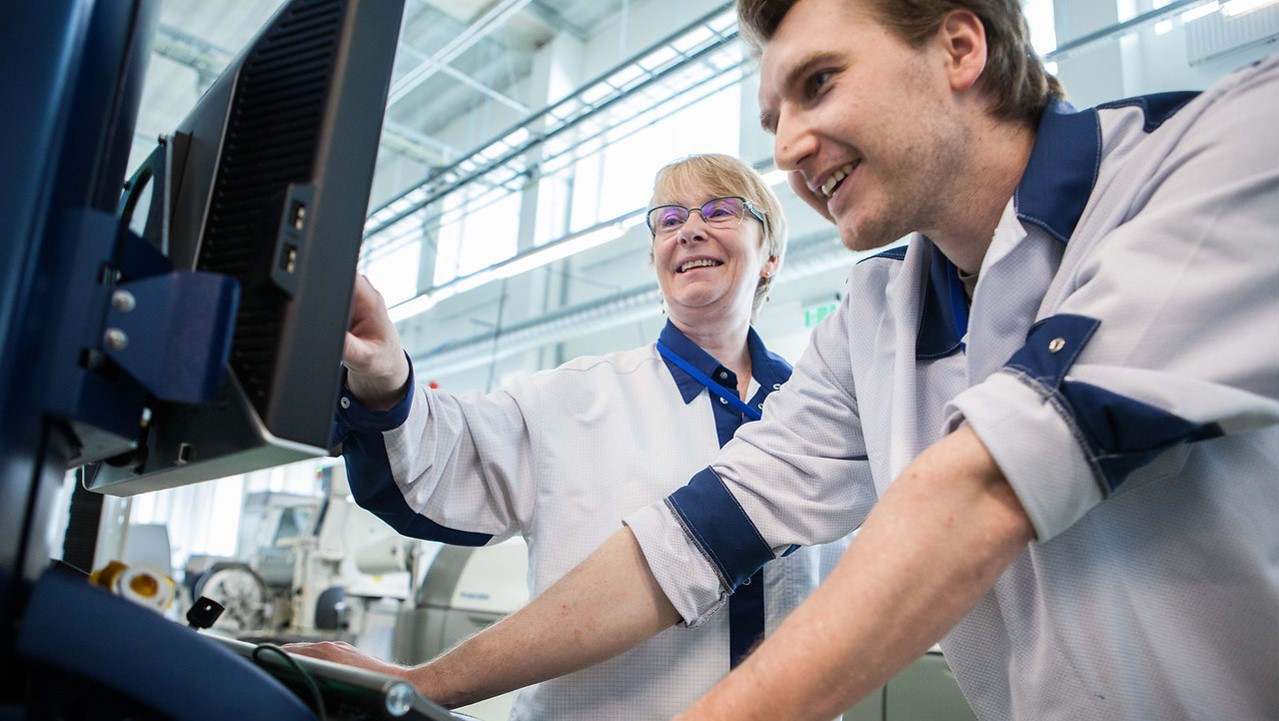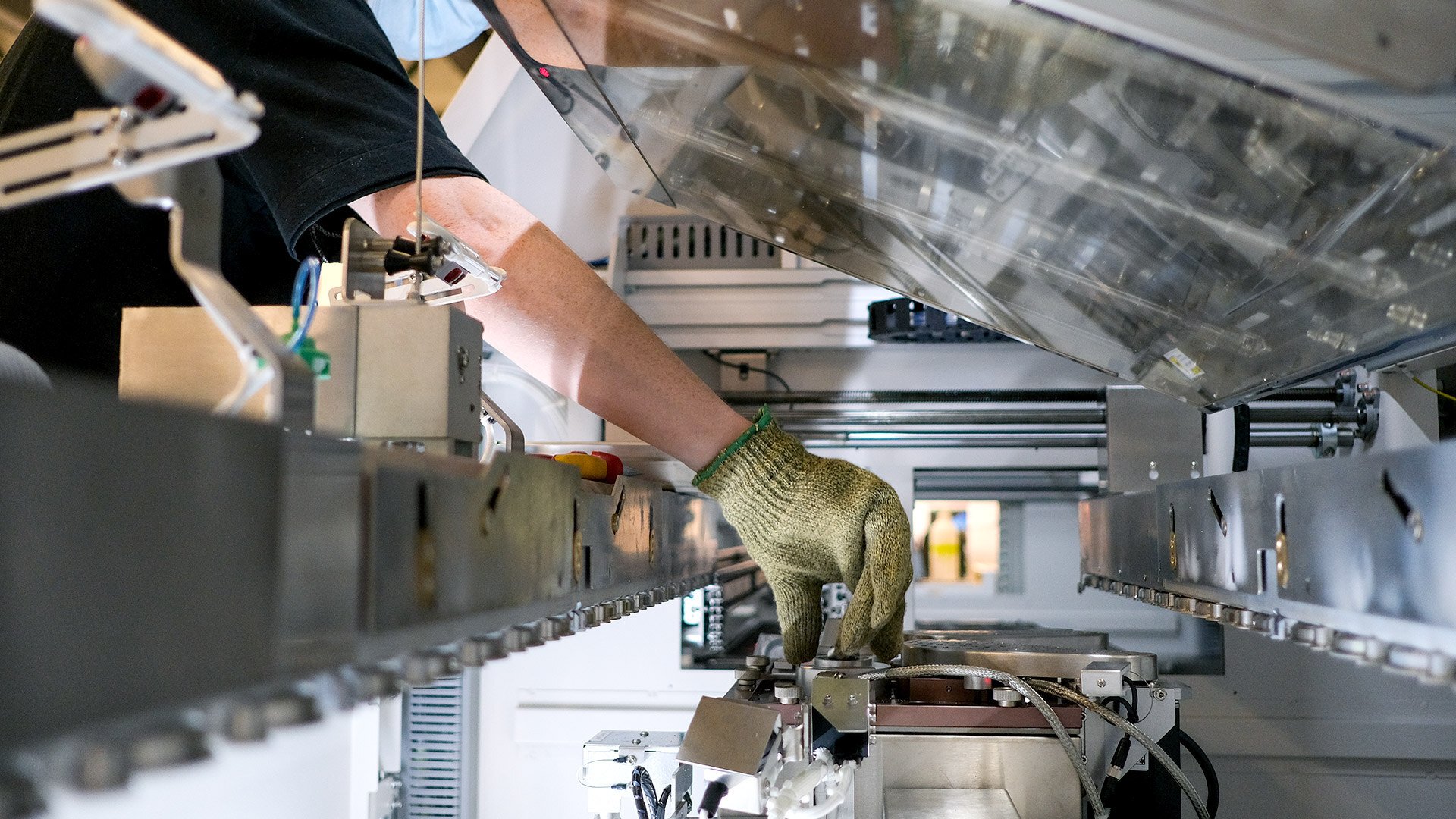Finding answers? Welcome! - This is an unofficial guidance which is intended to assist medical device OEMs by sharing some tips on how to prepare to the new European Medical Device Regulations, meaning MDR. If you did not found what you were looking for, please find our contact details in the end of this post for further discussion and/or questions!
The background
The new Medical Device Regulations (2017/745/EU) (MDR), published in May 2017, will replace the existing Medical Devices Directive (93/42/EEC) (MDD) and the Active Implantable Medical Devices Directive (90/385/EEC) (AIMDD). The new rules will apply after a transitional period, which will come to its end on 26th May, 2020. From that date on the new MDR will apply fully.
Due to the changes in the medical device legislation in the EU, there’s a lot of things you need to know as a medical device manufacturer. That’s why we decided to gather together some FAQs, answers and tips on how to get your company prepared efficiently.
Let’s start!
Q2. What has actually changed in the new MDR?
Q3. It seems there is a lot of work! Is the new MDR good or bad thing?
Q4. How to proceed to implement the new MDR in our operation?
Q5. How to prepare our QMS to the new MDR?
Q8. What is the actual timing of the new MDR?
Q1. Why new MDR?
Well, when stating the reasons behind this change, there are many of them. Shortly, one main reason for applying the new MDR in EU has been that the safety of all medical devices available in the EU has wanted to be strengthened. In the big picture, the revision of the legislation was necessary to consolidate the role of the EU as a global leader in the medical sector.
Read more about WHY’s from our earlier blog post.
Q2. What has actually changed in the new MDR?
When discussing about the actual changes between the current directive and the new MDR, there are many of them, as well. Firstly, the new MDR brings more stringent requirements for the designation of Notified Bodies, with increased control and monitoring by the national competent authorities and the Commission. In addition, some devices are re-classified in new MDR and there are tighter controls on high-risk devices. There are some changes for the clinical evaluation also and the new MDR effects on the information sharing and online sales. The life-cycle thinking has also took into account more effectively – the new MDR places more emphasis on a life-cycle approach to safety.
Read more about the changes and their effects from our earlier blog post.
Q3. It seems there is a lot of work! Is the new MDR good or bad thing?
Even if the changes in medical device legislation require a lot of work from the companies, we think the new MDR is actually a good thing. This is because the new Medical Device Regulations contain a series of remarkable improvements to modernize the current regulative system in Europe. It aims to bring the EU legislation in line with the changes in the medical sector – the new legislation is taking more effectively into account, e.g., the developments both in medical science and in technologies in the medical field.
Secondly, the new MDR will also reduce the risks of discrepancies in interpretation across the EU market, because the regulations do not need to be transposed into national law in future. This creates more fair market access for medical device manufacturers. In addition, the new MDR looks to increase the medical device safety as well as patient and clinical safety in the EU, which must always be the priority number 1 in the medical field.
Q4. How to proceed to implement the new MDR in our operation?
We think that one critically important thing that should be done first is to have a healthy quality management system and update it with the new requirements. The new MDR highlights especially the importance of medical device risk management and therefore your QMS should have a robust risk management process built into the design and development process as well. Risk, Risk Management or Benefit-Risk is cited over 250 times within the Regulation.
Therefore, in order to ensure more faster market access for your medical device, it is now time to start to implement the new requirements to your QMS.
Q5. How to prepare our QMS to the new MDR?
The recent updates to EU medical device regulations will have a significant impact on every medical device manufacturer’s quality management processes. That’s why we’ve discussed and created some tips on how to proceed in implementing the new MDR to your Quality Management System.
Our tips are:
Tip #1. Update your QMS
Tip #2. Create practical system for risk management
Tip #3. Recognize the requirements for vigilance and post-market surveillance procedures
Tip #4. Implement a built-in system for technical documentation in your QMS
Tip #5. Make sure the new MDR is been recognized in all levels – inside and outside your organization
Read the ingredients of every tip from our earlier blog post!
Q6. Because the new MDR has an effect on our existing products, as well, we’d like to know how to get ready for the new MDR with our existing products?
Yes, it is really important to discuss about how to ensure that your existing products are compliant with the new regulation. This is important because there is no “grandfathering” - the new MDR requires existing medical devices to undergo conformity assessment to the MDR and to be CE marked anew, even if they have been on the market previously under the MDD/AIMDD.
We’ve created some on how to get ready for the new MDR with your existing legacy product to ensure it’s compliant with the new regulation. Our tips are:
Tip #1. Check if your non-medical device is a medical device according to MDR
Tip #2. Check if your medical device classification has changed
Tip #3. Re-examine and update your Technical file
Tip #4. Pay special attention on Technical Documentation requirement part 4: General Safety and Performance Requirements (SPR)
Tip #5. Pay attention on clinical evidence requirements
Tip #6. Get your company familiarized with PMS and PMS Technical Documentation
Tip #7. Check labelling and UDI requirements
Tip #8. Update Declaration of Conformity and apply CE marking to your devices
Tip #9. Communicate with NB
Read the ingredients of every tip from our earlier blog post!
Q7. Because the new MDR has an effect on the new products, as well, we’d like to know how to get ready for the new MDR with our new legacy product?
This is also important because medical device manufacturers can place their medical products on the EU market only if they meet all the applicable requirements, meaning new MDR after transition period. The new MDR requires both existing but also new medical devices to undergo conformity assessment to the new MDR and to be CE marked. The objectives of the conformity assessment is to demonstrate that a product being placed on the market complies with all legislative requirements.
Even if the new regulations on medical devices entered into force on 25th May 2017, there are still some parts of the regulation under development and therefore the regulation cannot be fully respected. The new rules should fully apply after a transitional period: the Regulation on medical devices in spring 2020 and the Regulation on in vitro diagnostic medical devices in spring 2022.
If you are developing a new medical device, you may want to start to apply the new Regulations early enough so that you are ready for conformity assessment according to new Regulations when the device design is ready. Therefore, we created some tips to get ready for the new MDR with your new legacy product to ensure it’s compliant with the new regulation. Our tips are:
Tip #1. Start by ISO 13485:2016 compliance
Tip #2. Check if your device is a medical device according to MDR
Tip #3. Familiarize yourself with the regulatory framework and classify your device accordingly
Tip #4. Study the requirements for the product in early phase of the project
Tip #5. Start creating the Technical Documentation while design and development evolves
Tip #6. Pay special attention on Technical Documentation requirement part 4: General Safety and Performance Requirements (SPR)
Tip #7. Prepare to more rigorous clinical evidence
Tip #8. Create Post Market Surveillance process and plan
Tip #9. Check labelling and UDI requirements
Tip #10. Choose conformity assessment route, and communicate with the NB
Tip #11. Write the Declaration of Conformity and apply CE marking to your devices
Read the ingredients of every tip from our earlier blog post!
Q8. What is the actual timing of the new MDR?
These new rules will apply after a transitional period, which is 3 years for the Regulation on medical devices. This period will come to its end on 26th May, 2020. From that date on the new MDR will apply fully.
However, some provisions apply earlier (e.g. regarding notified bodies or the Medical Device Coordination Group), some later (e.g. regarding UDI labelling). Article 120 of the Regulation states a number of transitional provisions, and should be referred to for more detail. The new regulation adds new requirements to the existing directives, no requirements have been removed.
This was our short, unofficial guidance which is intended to assist medical device OEMs by sharing some tips on how to prepare to the new European Medical Device Regulations, meaning MDR. We will continue our blog post series related to the new MDR in the beginning of next year to introduce more our thoughts on how to prepare for the coming MDR. So stay tuned!










